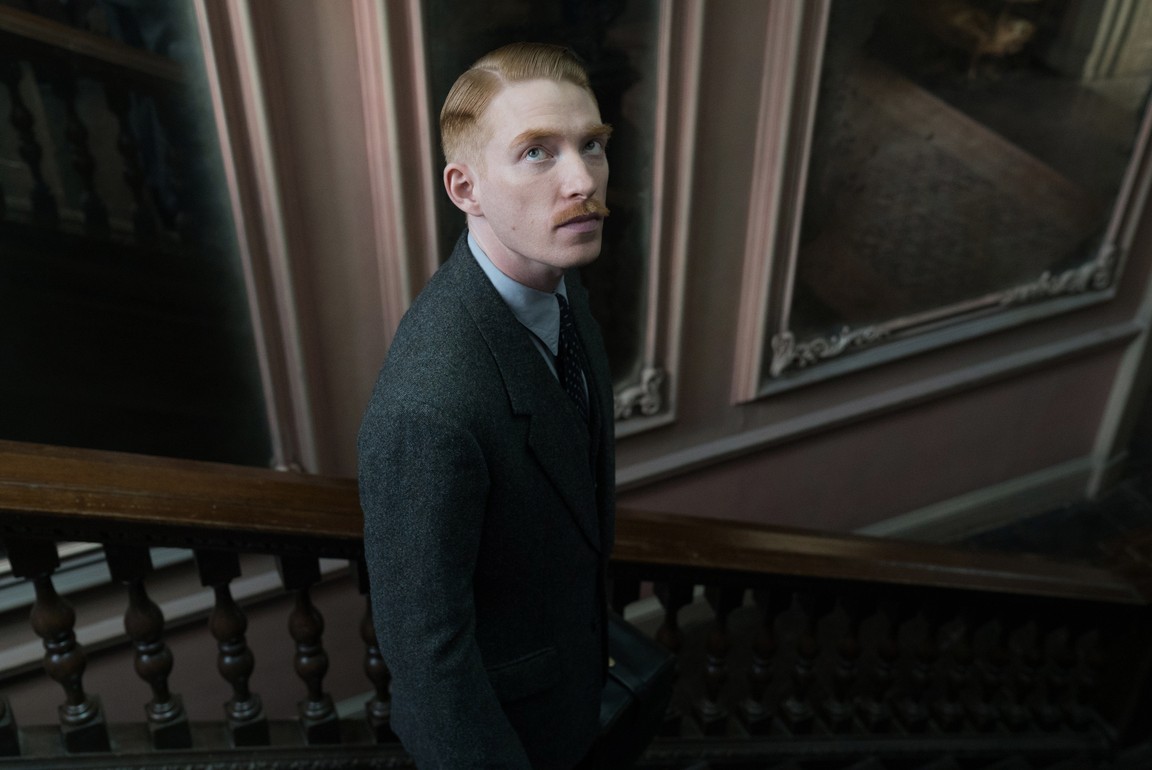‘The Little Stranger’: A Sophisticated Gothic Tale
A Story of Desire, Class-Driven Resentment, and Repressed Sexual Identity

Viewers who appreciated the domestic horror of Hereditary will take pleasure in The Little Stranger, a sophisticated, penetrating gothic tale that recalls the best Daphne du Maurier adaptations (think Hitchcock’s Rebecca). A decaying Warwickshire estate called the Hundreds is the film’s star and primary setting. Decades ago, at its prime, it held in thrall Dr. Faraday (Domhnall Gleeson) during a childhood visit he’s never forgotten. Returning as an adult, he is still drawn to it and its troubled occupants, especially Caroline, played with captivating poise by Ruth Wilson. The mess of desire, class-driven resentment, and, likely, repressed sexual identity that unfolds between the two carries the film through scenes of gore and haunting. Direct references to the psychoanalytic paradigm of the era, the late 1940s, offer one way to understand the film: as an excavation into how societal strictures bear down on the individual psyche and one’s own self-understanding. A highly recommended adaptation of Sarah Waters’s novel of the same title.



